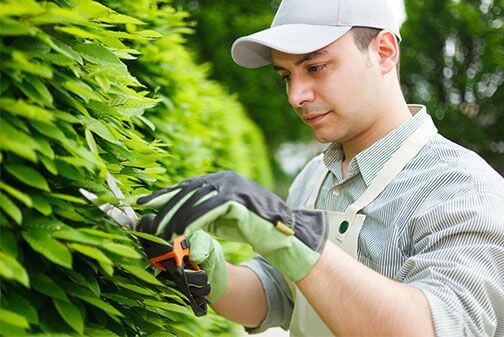Beginner's Guide to Sorting Trash
Posted on 13/12/2024
Sorting trash is crucial for environmental sustainability. With the increasing amount of waste produced globally, proper waste management through sorting ensures recyclables are processed correctly and reduce the burden on landfills. This process conserves resources, saves energy, and minimizes pollution.
Types of Waste
To sort trash efficiently, it's essential to understand the different types of waste:
- Recyclable Waste: Includes paper, cardboard, glass, tin cans, and certain plastics.
- Organic Waste: Food scraps, garden waste, and other biodegradable items.
- Hazardous Waste: Batteries, chemicals, electronics, and medical waste.
- General Waste: Non-recyclable and non-hazardous waste that typically ends up in landfills.

Steps to Sort Your Trash
1. Educate Yourself:
Familiarize yourself with local recycling guidelines as they vary by region. This ensures you sort items correctly according to your local recycling program.
2. Have Separate Bins:
Set up separate bins for recyclables, organic waste, hazardous waste, and general waste. Label them clearly to avoid confusion.
3. Prepare Recyclables:
Clean and dry your recyclables before placing them in the bin. Contamination can spoil an entire batch of recyclable materials.
4. Compost Organic Waste:
If you have space, consider composting organic waste at home. If not, many communities offer green waste pickup services.
5. Handle Hazardous Waste Carefully:
Disposal of hazardous waste requires special handling. Look into local programs offering collection days or drop-off locations.
6. Monitor and Adjust:
Continually assess your waste sorting efforts and make adjustments as needed. Proper sorting is a habit that improves with practice.
Pros and Cons of Sorting Trash
Pros:
- Environmental Benefits: Reduces landfill use and lowers greenhouse gas emissions.
- Resource Conservation: Recyclables are reprocessed into new products, saving raw materials.
- Energy Savings: Manufacturing using recyclables consumes less energy than using raw materials.
- Community Health: Proper disposal of hazardous waste prevents soil and water contamination.
Cons:
- Time-Consuming: Sorting and preparing waste can be a tedious task.
- Initial Setup Cost: Requires purchasing separate bins and composting supplies.
- Education Required: Keeping up with local recycling regulations and educating household members.
Tips for Effective Trash Sorting
- Stay Updated: Recycling regulations change, so stay informed about any updates in your area.
- Reduce Waste First: Before sorting, focus on reducing waste by opting for reusable items and buying in bulk.
- Engage the Family: Make trash sorting a family activity. Educate children early about the importance of waste management.
- Use Clear Labels: Clearly labeled bins ensure everyone knows what goes where without confusion.

Takeaways
Proper trash sorting is a vital aspect of sustainable living. Understanding different waste types, diligently following the steps, and staying organized lead to significant environmental and community health benefits. While it may take time and effort to establish perfect sorting habits, the positive impacts are undeniably worth it.
Conclusion
Sorting trash is a simple yet effective way to contribute to a sustainable future. By committing to proper waste management, we can conserve resources, reduce pollution, and protect our environment. Though it may require initial effort and adjustment, the long-term benefits for both our planet and community health are substantial.






